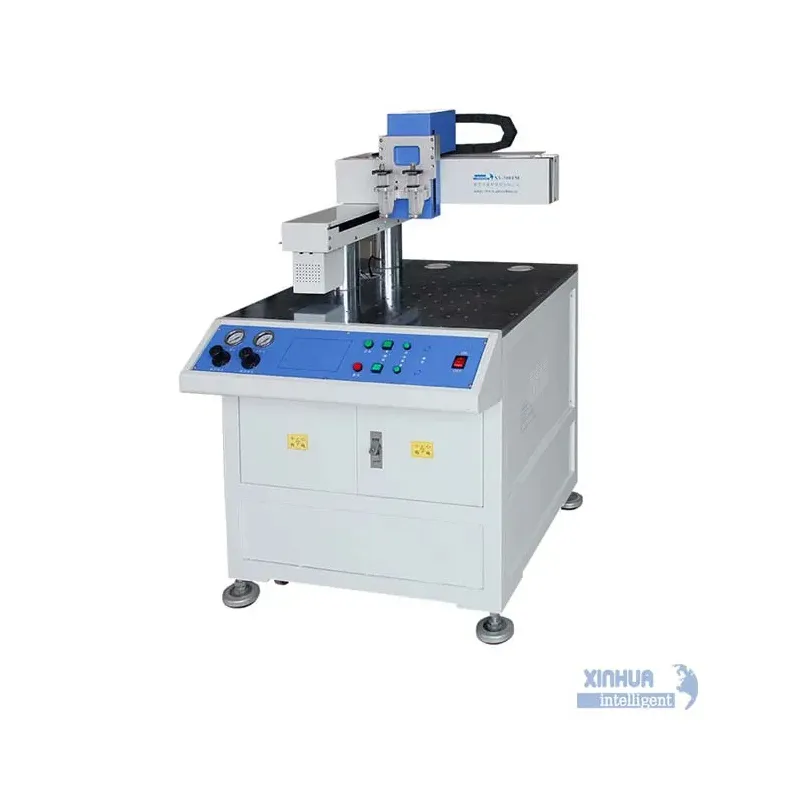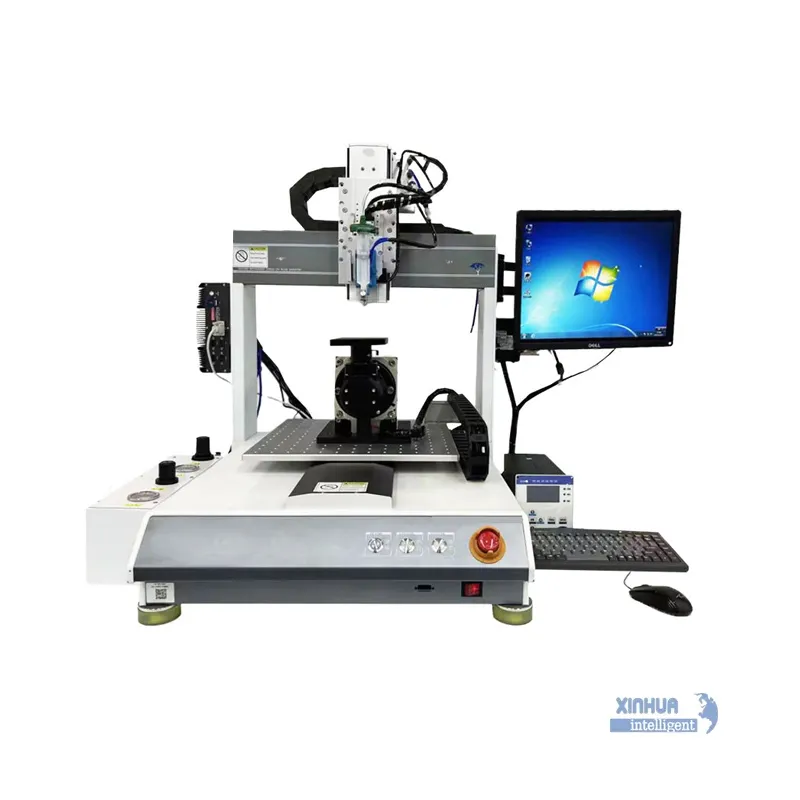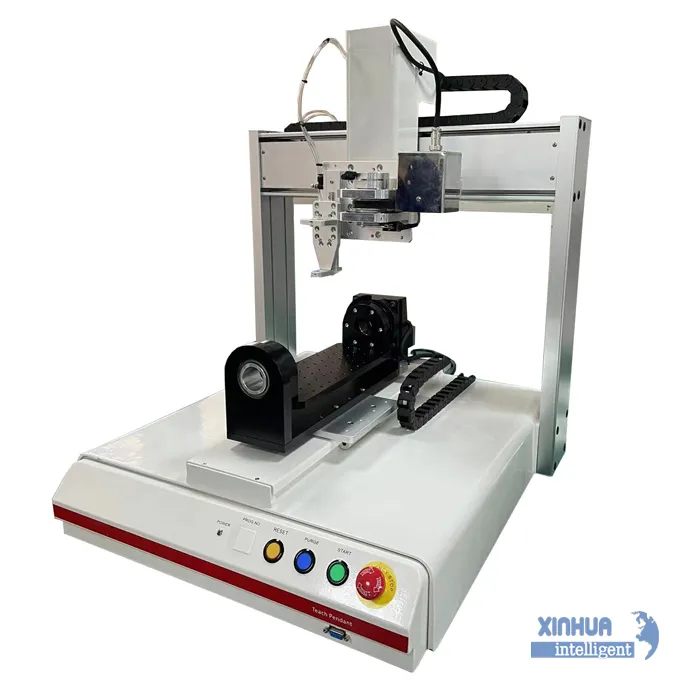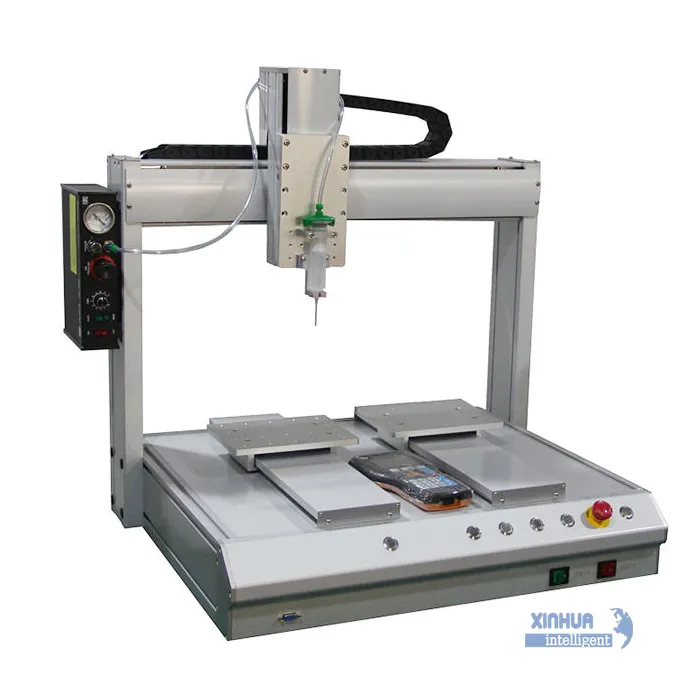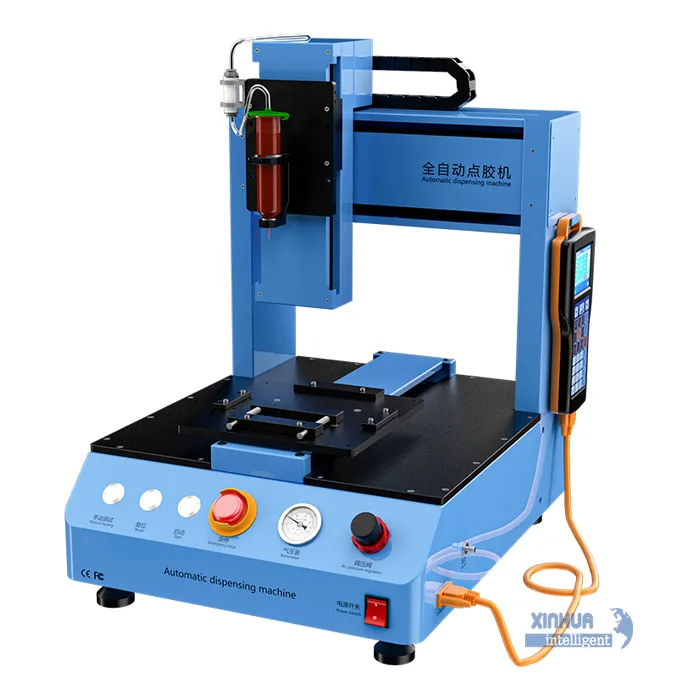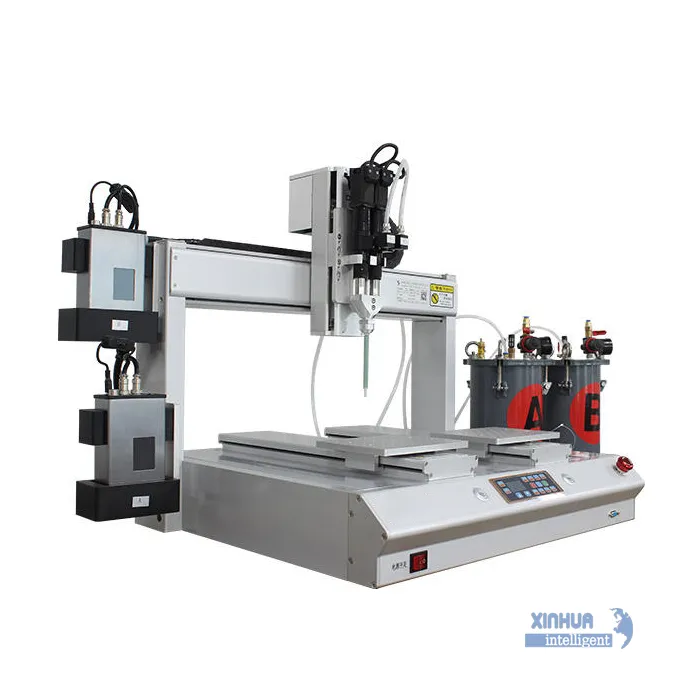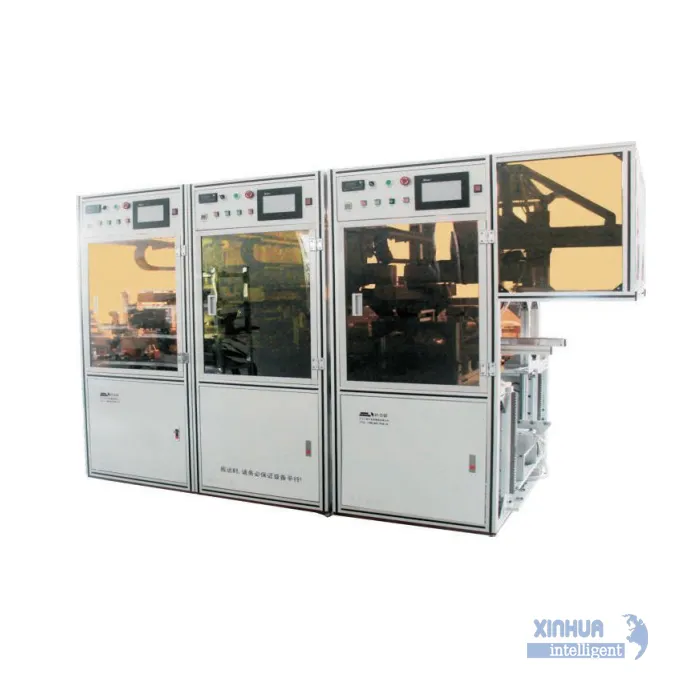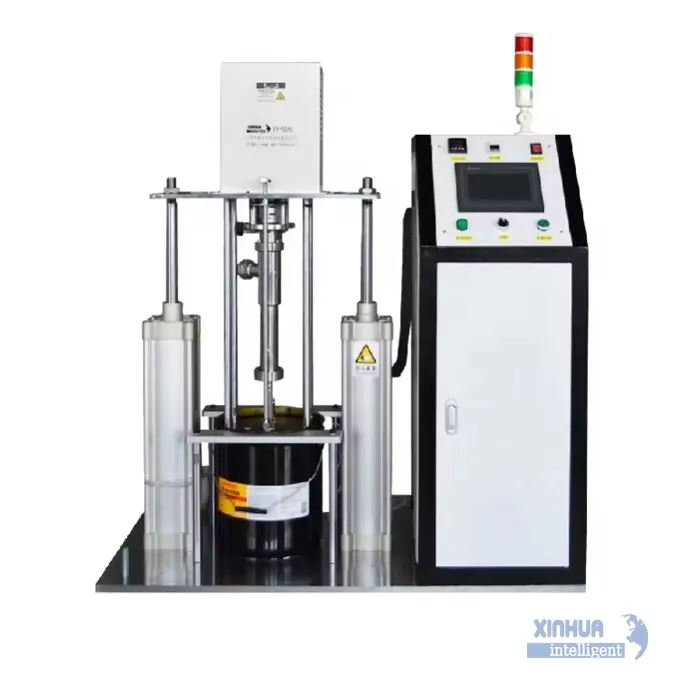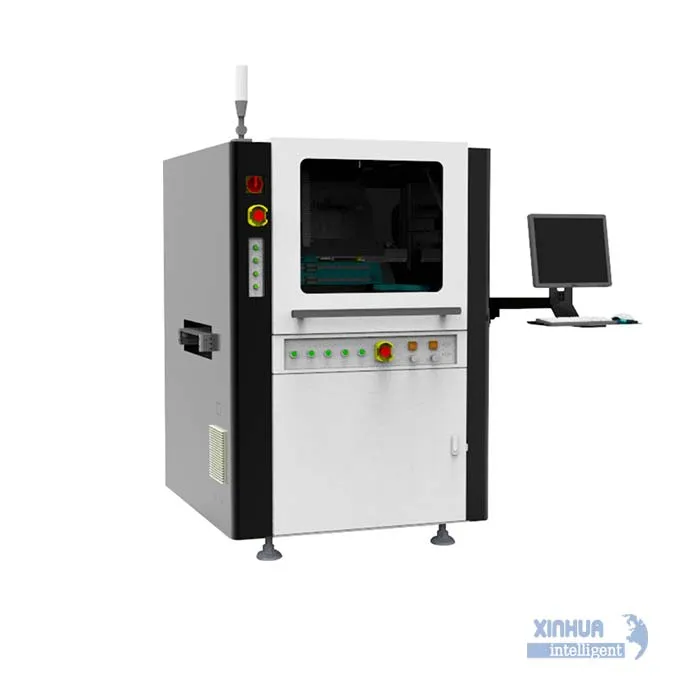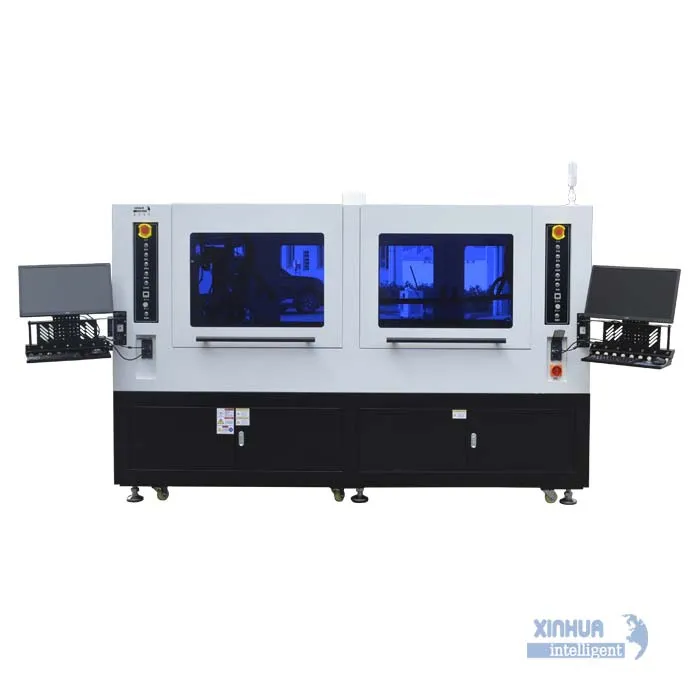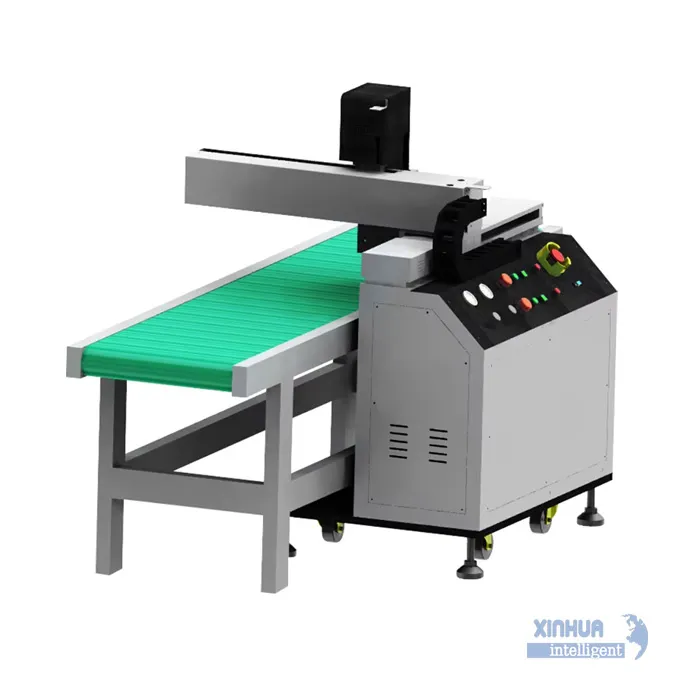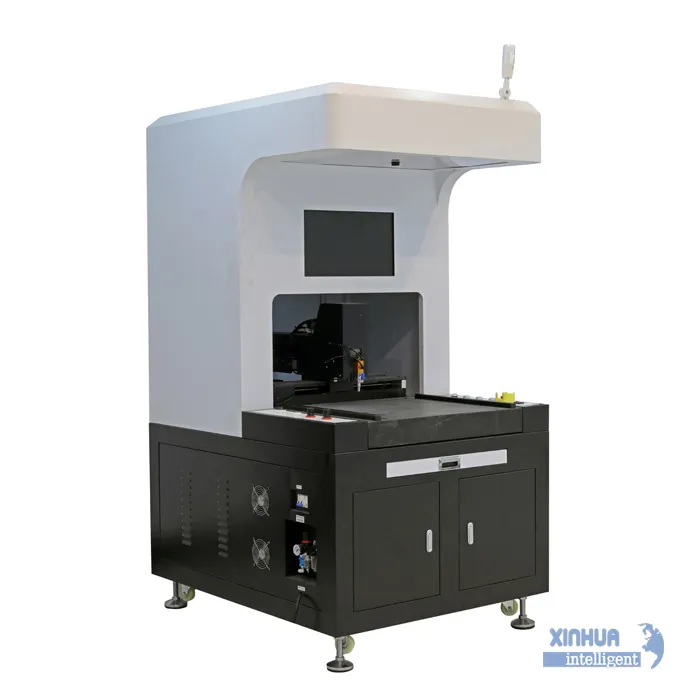A silicone dispensing system is a device or equipment designed to accurately and controllably apply silicone materials—such as adhesives, sealants, or coatings—in various applications. These systems range from simple handheld devices to automated, robotic setups, and are used in industries including construction, electronics, and medical device manufacturing.
What it does
- Accurate Material Deposition: Ensures precise and consistent application of silicone materials, minimizing waste and rework.
- Controlled Flow: Regulates flow rate and volume to achieve desired bead sizes, patterns, or coatings.
- Material Handling: Handles a wide range of viscosities, from thin fluids to thick RTV silicones.
- Versatility: Supports dispensing, sealing, potting, and coating applications.
Types of Systems
- Manual Dispensing: Handheld tools (e.g., syringes, caulking guns) for small-scale or low-volume work.
- Semi-Automated Dispensing: Manual operation combined with automation, such as robots controlling the dispensing path.
- Fully Automated Dispensing: Robotic systems with features like vision guidance and software for precise, high-volume dispensing.
Key Components
- Dispensing Valve: Controls the flow of silicone material.
- Controller: Sets dispensing parameters (e.g., flow rate, dispense time).
- Reservoir/Container: Holds the silicone material.
- Dispensing Robot/Arm: Moves the valve along a predefined path (in automated systems).
- Pumps: Transfer silicone from the container to the dispensing valve.
Examples of Applications
- Construction: Sealing joints, windows, doors, and grouting.
- Electronics: Potting components, conformal coating, and adhesive dispensing.
- Automotive: Sealing and bonding parts, applying gaskets, and surface coating.
- Medical: Dispensing silicone for devices such as syringes and catheters.

